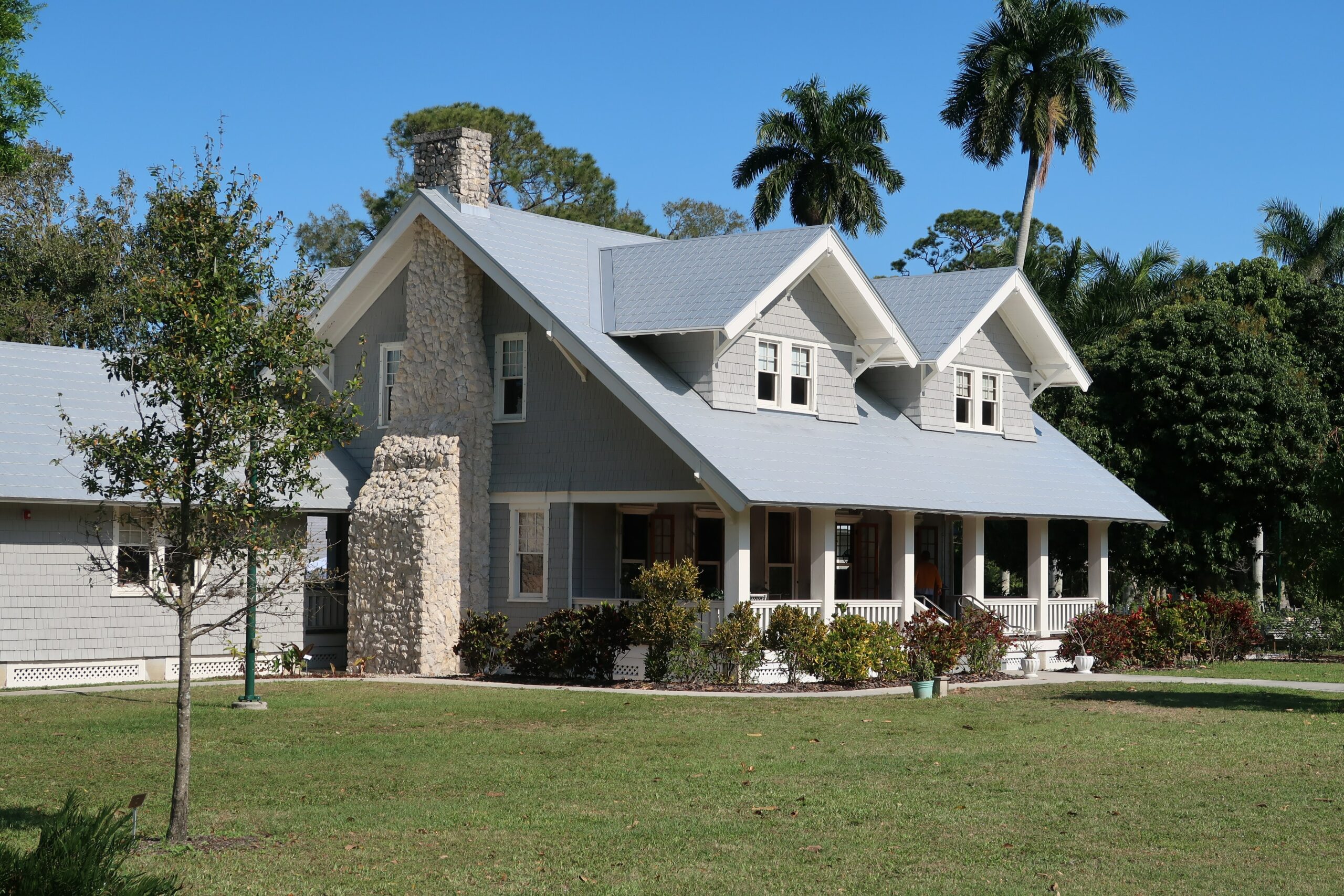House siding serves as a protective layer for your home against the weather. Siding color, on the other hand, is so much more as a design element: it provides your house its distinct color and can highlight the nicest aspects of your home’s exterior. As a result, siding is both functional and attractive.
One of the most critical considerations you’ll make when installing new siding is color. Here are some pointers on how to choose a color you like that also looks nice on your home.
Review Color Theory Fundamentals
Knowing which colors go well together will assist you in making an informed choice. When choosing siding colors, keep in mind that you’re selecting a combination that will be visible on your home every day for years. So, for a short reminder on color theory and how colors interact, consider the following:

- Colors That Go Together
Complementary colors are those on the color wheel that are opposite one another on the color wheel and look good together.
- Tones of Warm and Cool
These vibrant hues make an object — in this case, your home — appear bigger and closer. They have the ability to make a little house stand out. Yellows, reds, and oranges are warm hues.
- Colors of the Primary Spectrum
By combining these three, you may make any hue. They’re equidistant on the color wheel.
- Cool colors include blues and greens
They may make a large house appear smaller. These soothing colors provide the impression that an object is receding.
Color Schemes in Monochrome
- Monochromatic refers to the use of many colors of a single hue.
Think about the colors on your roof and in your landscaping.
The colors of semi-permanent focal sections of your home’s exterior — such as your roof, chimney, and hardscaping — combine with your siding color to create your home’s overall curb appeal.
Look For Inspiration In Your Surrounding Area
Examine the color palettes of adjacent homes to determine what appeals to you on a visceral level. Examine your favorites at various times of day and in various weather conditions. If your home is of similar size and style, you’ll get the greatest impression of how those colors would look on your home: A dark grey with white trim on a two-story can look stunning, but it can make a little bungalow blend into the background.
While color theory might be useful, nothing beats the first-hand experience – in this case, the color experience of your neighborhood. There, you may examine how colors seem life-size in your region’s natural light.
Experiment With Swatches Before Making A Decision
Take it outside and secure it to your home, then take a step back and examine it. Experiment with it on different sides of the house to see how it looks in the sun and in the shade. You should test siding swatches of your favorite siding colors before committing, just like you would with fabric or paint.

Consider Resale Value
One disadvantage of their endurance is that choosing today’s on-trend color may have an impact on the resale value of your property should you decide to sell. Siding and composite cladding are long-lasting materials. No matter which direction the trends go, neutrals do well. If you want to maximize resale value, adhere to timeless and classic hues that appeal to a wide range of people.
We have something for everyone’s style and budget. When you hire us to replace your siding, you can choose from a wide range of siding colors, including whites, pastels, neutrals, brights, and rich, saturated hues.
If you have any concerns or would want to learn more about picking a color for your home, please contact us at (888) 305-3810.


